
PrEP prevents three-quarters of HIV infections in large African study
A large study which offered PrEP (regular medication to prevent HIV infection), to 16 communities in Kenya and Uganda has reported a 74% reduction in HIV infections in people at high risk of HIV who started PrEP. This is the largest reduction in HIV infections yet reported from a PrEP programme in sub-Saharan Africa.
The findings were presented to the 23rd International AIDS Conference (AIDS 2020: Virtual), taking place online this week.
The SEARCH (Sustainable East Africa Research in Community Health) study has been working with 32 communities in Kenya and Uganda since 2013, initially on a ‘universal test and treat’ intervention. In June 2016, SEARCH began offering PrEP to people living in the 16 intervention communities who were at high risk of HIV infection. This includes people in relationships with a person living with HIV, people working in occupations such as transport or fishing, and individuals who judged themselves as being at risk of HIV.
Of the 15,632 people identified as being at high risk of HIV, 5447 (35%) started PrEP and annual HIV incidence was 0.35%. With no placebo group, comparison was made with participants in SEARCH from the two years prior to PrEP access. Among these historical controls, annual HIV incidence was 0.92%, meaning the HIV infection rate was 74% lower with PrEP access. This reduction was mainly accounted for by the fall in HIV incidence in women, where the rate was 76% lower. In men incidence fell too, but only by 40%, and this was not statistically significant. Although 83% of participants who started PrEP stopped it at some point, 50% of those who stopped later restarted it.
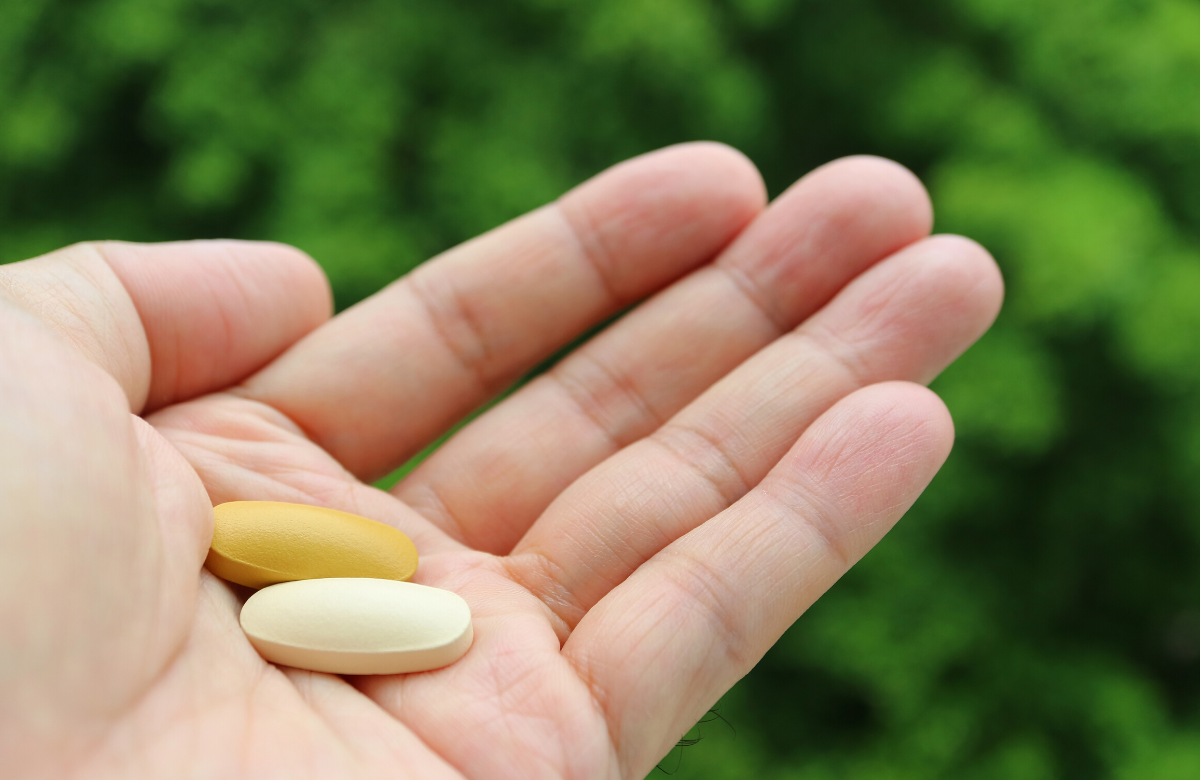
Islatravir plus doravirine maintains viral suppression
This randomised, double-blind trial enrolled 121 people starting HIV treatment for the first time. More than 90% were men, three-quarters were white and the median age was 28 years. About a quarter had a viral load above 100,000 copies/ml at baseline.
In the first part of the study, participants received islatravir at one of three doses (0.25mg, 0.75mg or 2.25mg) plus doravirine (100mg) and lamivudine (300mg), or a three-drug regimen of doravirine, tenofovir disoproxil fumarate (TDF) and lamivudine, the drugs in the Delstrigo single-tablet regimen, for 24 weeks. In the second part, those in the islatravir study arm who achieved an undetectable viral load (below 50 copies/ml) dropped lamivudine and stayed on the two-drug regimen for another 24 weeks.
The efficacy results from the study were presented at the International AIDS Society Conference on HIV Science last summer. Those results showed that the dual combination at the optimal dose (0.75mg) suppressed viral load at least as well as the three-drug regimen, with 90% versus 84% having undetectable viral load at 48 weeks.
Professor Chloe Orkin presented the latest results from the study, focusing on virological failure (viral load not being suppressed or rebounding) in study participants. Viral rebound was experienced by two people (7%) in the 0.25mg islatravir group, two (7%) in the 0.75mg islatravir group, and one (3%) in the Delstrigo group. There was one non-responder (3%) in the 2.25mg islatravir group. In all cases, viral load remained below 100 copies/ml.
The researchers concluded that rates of virological failure were low and participants who experienced it had HIV levels below the clinically significant level of 200 copies/ml.
Dr Edwin DeJesus presented 48-week safety results from the same trial. Treatment was generally safe and well tolerated and side effects occurred with similar frequency in all islatravir dose groups and the Delstrigo group.

Further evidence on HIV treatment and weight gain
Several studies presented to the conference focused on weight gain in people taking HIV treatment.
Weight gain after starting antiretroviral treatment has been reported in numerous cohorts and clinical trials but its causes are unclear. There are several explanations for causes of weight gain, and some specific antiretroviral drugs have been linked.
The study population consisted of 8256 people with HIV and 129,966 HIV-negative controls from the Kaiser Permanente database of people receiving care in California, Virginia, Maryland and Washington DC. The HIV-positive population had a median age of 41, 88% were male, 36% white, 26% black, 26% Latinx and 6% Asian/Pacific Islander. At the beginning of the study, people with HIV had a lower average body mass than HIV-negative people.
People with HIV gained weight three times as quickly as HIV-negative people and, after 12 years of follow-up, had a similar body mass to HIV-negative people.The researchers stress that weight gain will exacerbate the risk of co-morbidities already more common in people with HIV, especially cardiovascular disease.
In another study presented to the conference, researchers found that people who switched from tenofovir disoproxil fumarate (TDF) to tenofovir alafenamide (TAF) experienced rapid weight gain. This occurred regardless of whether they were taking an integrase inhibitor or a drug from another class alongside TAF.
The study used data from OPERA, a large cohort combining data from clinics and medical practices treating around 8% of people diagnosed with HIV in the United States. The researchers identified 6919 people who switched from TDF to TAF and who had pre- and post-switch weight measurements. The patterns of weight change were consistent across regimens, with rapid weight gain in the nine months after switching to TAF, followed by a slowing or plateauing of weight gain.
Dolutegravir-based HIV treatment is recommended for all adults with HIV by the World Health Organization and the President’s Emergency Plan for AIDS Relief (PEPFAR) has been moving to providing a regimen of tenofovir, lamivudine and dolutegravir through the programmes it funds.
Substantial weight gain has previously been observed in two large clinical trials in Africa in people taking dolutegravir. To monitor the impact of introducing dolutegravir on weight in routine clinical care, the investigators enrolled people with HIV at 12 PEPFAR-supported treatment sites in Kenya, Nigeria, Tanzania and Uganda.
The study compared 742 people who began treatment with tenofovir, lamivudine and dolutegravir with 1212 people who had not started antiretroviral therapy or who received a non-dolutegravir antiretroviral regimen. After adjusting for study site, gender, age, and depression, people who were prescribed dolutegravir had an 85% higher rate of becoming overweight or obese than people taking a non-dolutegravir regimen.
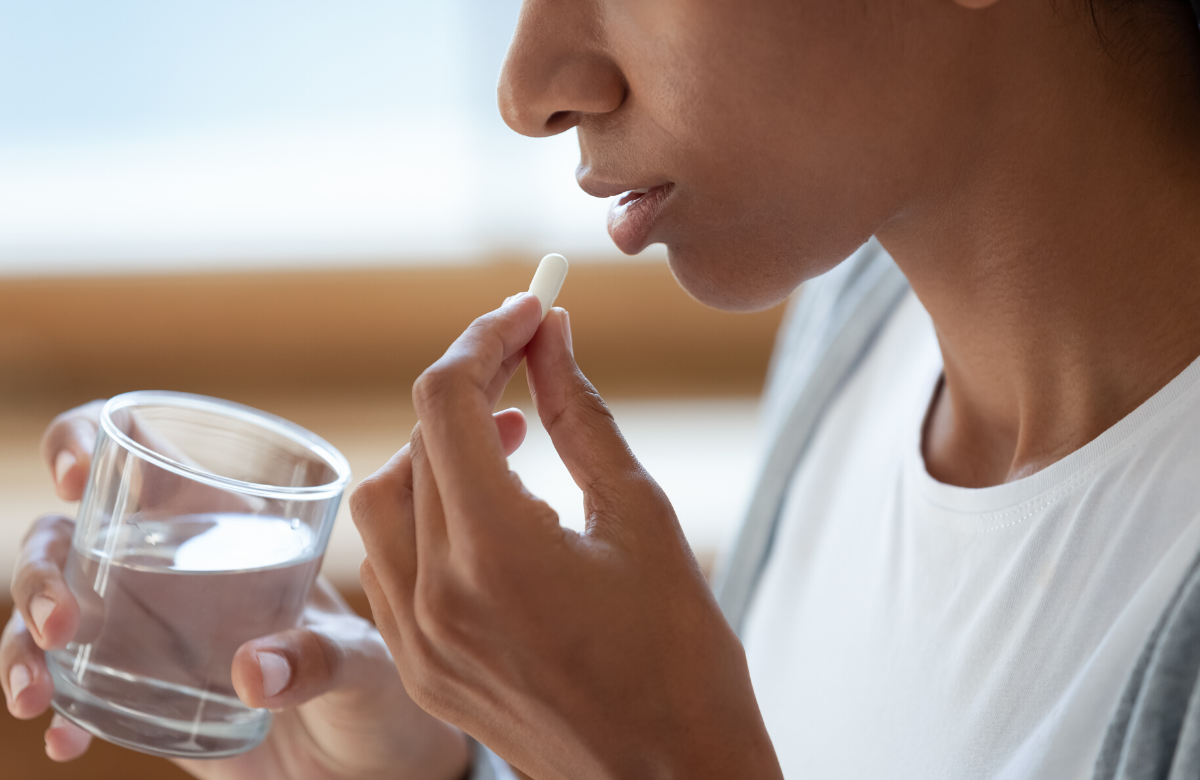
At least 28,000 women in the US have started PrEP
A study of prescriptions for Truvada (tenofovir disoproxil fumarate/emtricitabine) in the USA has found that its use as PrEP by women expanded 12-fold between July 2012, when it was licensed for use by the US Food and Drug Administration, and the end of 2017. PrEP starts or restarts expanded from 2770 individual prescriptions in 2012 to 27,556 in 2017.
Records of prescriptions for women were gathered from physician practices, pharmacies, hospitals and outpatient clinics. The researchers acknowledge that their methodology misses many prescriptions, but they calculate that their data cover about 80% of PrEP use in any one year.
They found that PrEP use was highest in women aged 25-34, and that there was a strong geographical difference in use: 329 women per 100,000 took it in the north-east states while only 140 per 100,000 took it in the southern states, where there is a higher incidence of HIV.
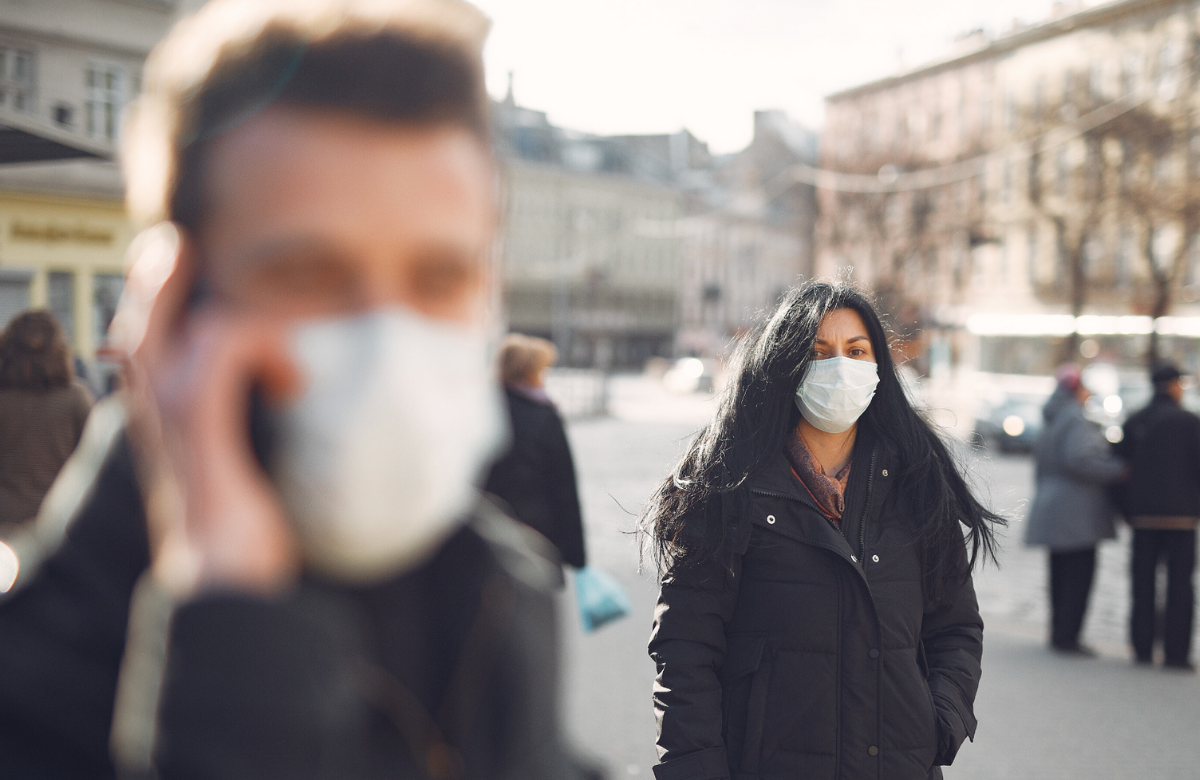
London study shows people with HIV not at greater risk of severe COVID-19 illness
Doctors at Guy’s and St Thomas’ Hospital carried out a retrospective study in which they matched 17 people with HIV admitted to hospital in March or April, with a positive SARS-CoV-2 test result, to 50 HIV-negative people in a ratio of up to three to one. The primary outcome was time from admission to improvement, defined as either a 2-point improvement on a 7-point clinical scale, or discharge from hospital.
After 28 days of follow-up, 82% of people with HIV and 74% of HIV-negative people had left hospital, a non-significant difference. There was no difference in the length of time spent in hospital, the need for ventilation or the frequency of COVID-19 complications between the two groups. There was also no difference in the death rate or the frequency of hospitalisation beyond 28 days between the two groups.
After controlling for age and other confounding factors, people with HIV actually experienced more rapid improvement in their condition or were discharged from hospital more quickly than matched HIV-negative patients.
Researchers from King’s College Hospital, London, also confirmed previously published findings showing that black people with HIV were at much higher risk of hospital admission for COVID-19 compared to other people with HIV, updating the number reported on from 18 to 23 patients. Black people with HIV were 7.6 times more likely to be admitted to hospital than white people with HIV.

MSM living in African countries that criminalise gay sex are at much higher risk of HIV
Men who have sex with men (MSM) living in sub-Saharan African countries where homosexual activity is severely criminalised are at a nearly five times higher risk of having HIV when compared to countries where no criminalisation occurs, a study presented to the conference concluded. Those in countries where some criminalisation exists are more than twice as likely to have HIV.
While key populations, such as MSM, make up a small percentage of the overall population, they are at an extremely high risk of becoming infected with HIV, with estimated prevalence in sub-Saharan African countries ranging from 12% to as high as 30%. Criminalisation of same-sex sexual activity presents a significant barrier for MSM when seeking HIV prevention and treatment services.
In this study, data were collected from MSM living in ten sub-Saharan African countries from 2011 to 2018. Socio-behavioural questionnaires were administered and HIV tests were conducted for a total of 8113 men with a median age of 23. HIV prevalence was high, with 19% of men testing positive for HIV.
Countries were classified as having no criminalisation (Burkina Faso, Côte d’Ivoire, Guinea-Bissau and Rwanda), criminalisation (less than eight years in prison – Cameroon, Senegal, Togo and eSwatini), or severe criminalisation (more than ten years in prison – Gambia and Nigeria).
In those countries where same-sex sexual activity was not criminalised, 8% of MSM sampled tested positive for HIV, rising to 20% in countries with criminalisation, and increasing dramatically to 52% in countries with severe criminalisation.
aidsmapLIVE: AIDS 2020 special
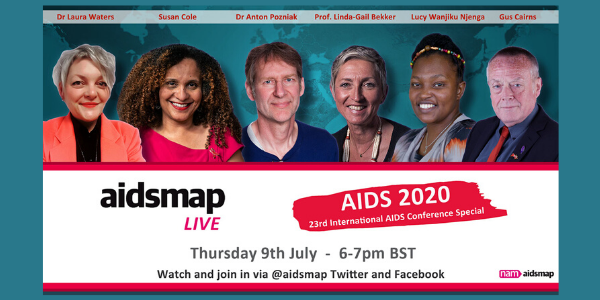
This Thursday 9 July, we are broadcasting an aidsmapLIVE AIDS 2020 special. Joining NAM’s Susan Cole to discuss the biggest stories from the conference are: Dr Laura Waters, Chair of the British HIV Association; Dr Anton Pozniak, President of the International AIDS Society; Professor Linda-Gail Bekker, Deputy Director of the Desmond Tutu HIV Centre; AIDS 2020 plenary speaker Lucy Wanjiku Njenga; and NAM aidsmap’s Gus Cairns.
Join us on Thursday on our Facebook and Twitter pages at 6pm UK time (San Francisco 10am / Rio de Janeiro 2pm / Johannesburg 7pm / New Delhi 10.30pm).
Scientific analysis from Clinical Care Options
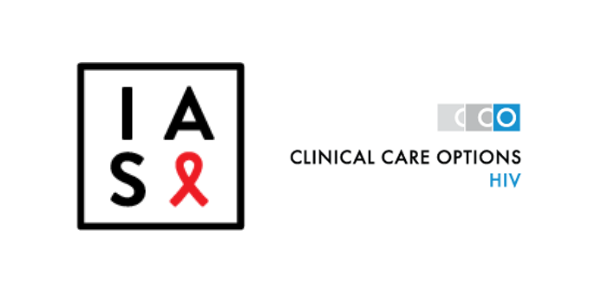
Clinical Care Options is the official provider of online scientific analysis for the 2020 International AIDS Conference through capsule summaries, downloadable slides, rapid expert webinars, and ClinicalThought commentaries.
